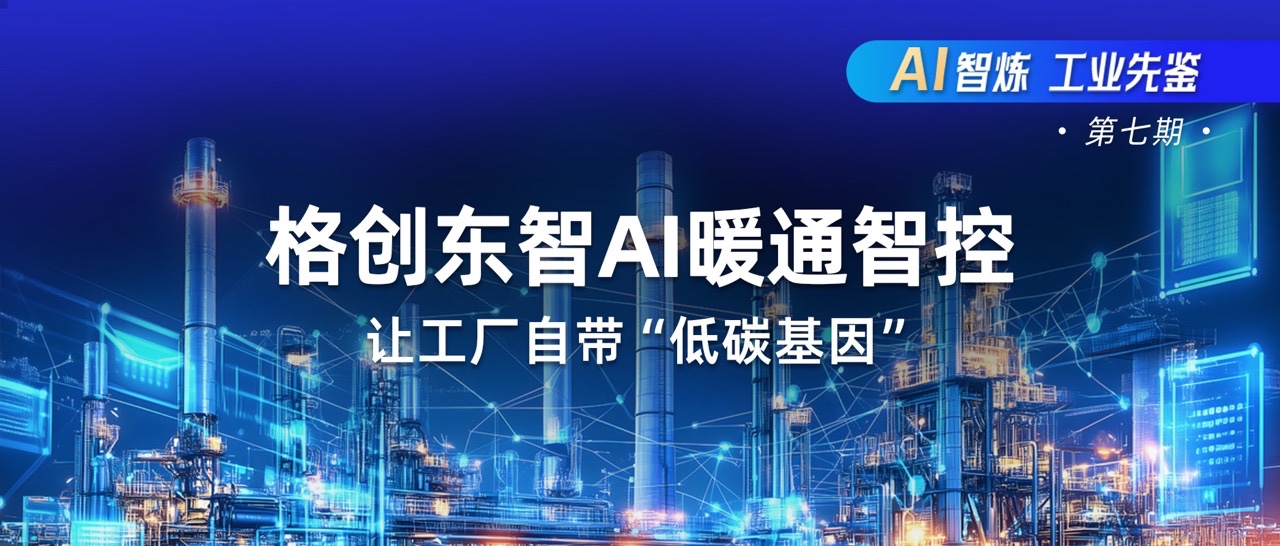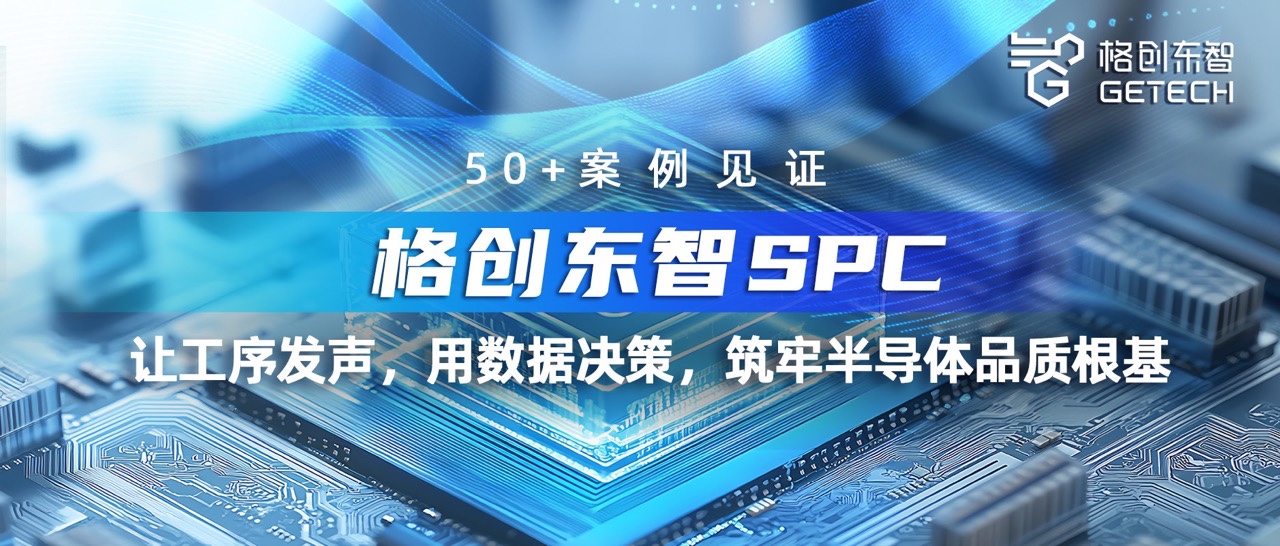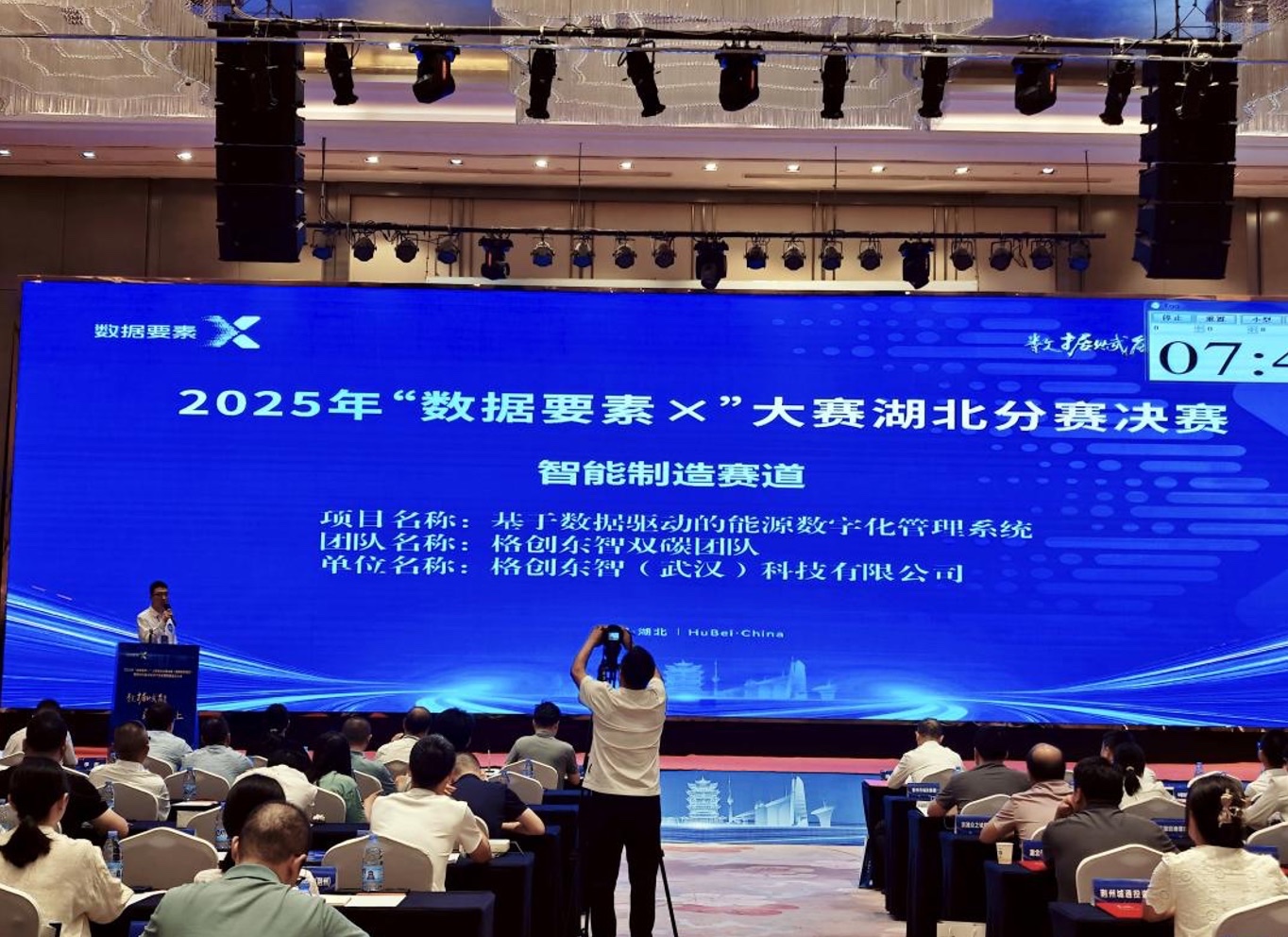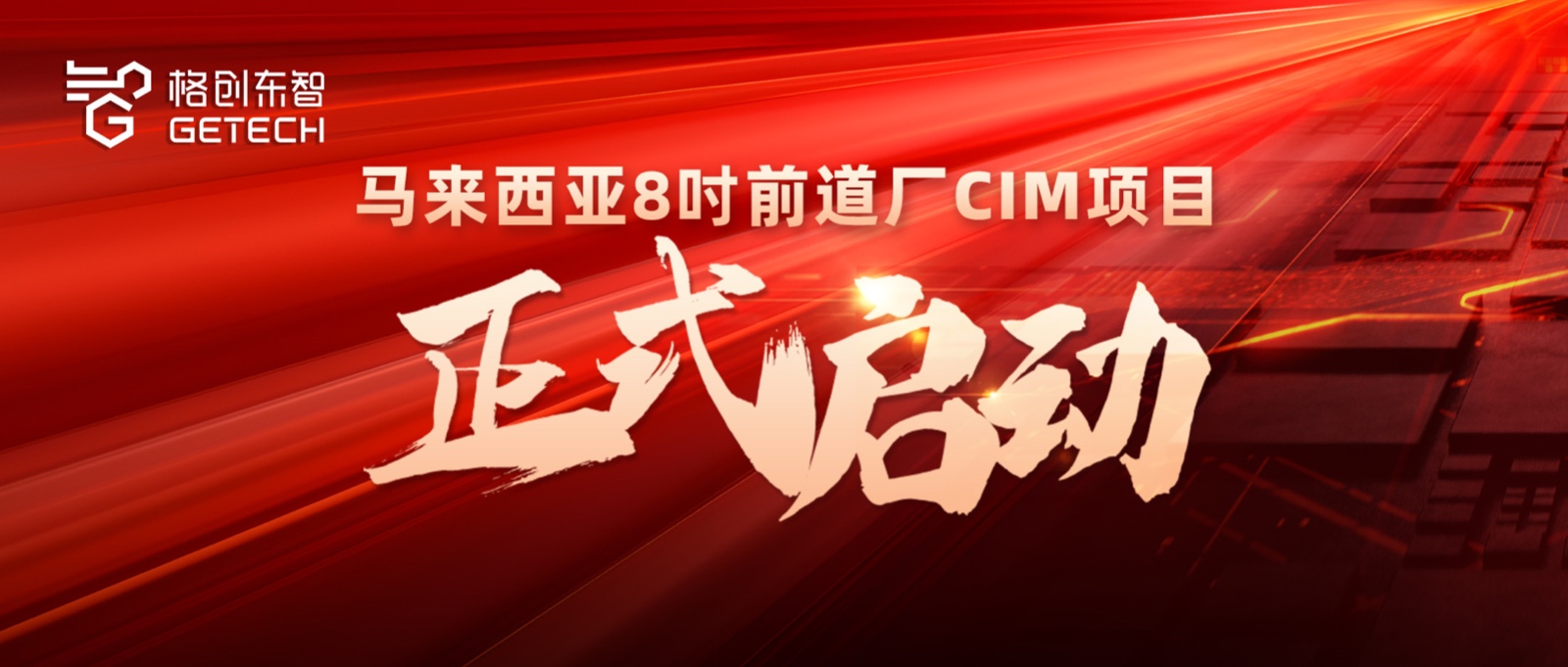GeChuang DongZhi: Two Approaches to Overcome Industrial Agent Bottlenecks - Replication
The core of the industrial internet is integrating and connecting various industrial elements, such as 'Man-Machine-Material-Method-Environment', enabling communication between them, but this is only the first step. Equipment and software based on the industrial internet can only respond and interact based on rules, handling anomalies similarly.
Data is the 'fuel' for agents, requiring collection and integration of internal production data, equipment data, and external market data, followed by cleaning and preprocessing to ensure quality. During deployment, compatibility with existing industrial systems is key; a cloud-edge collaboration approach can be used, deploying some agents on edge devices for real-time response and handling complex processing in the cloud. Finally, continuous training and optimization of agents based on operational feedback adjust model parameters.
Take the coating and exposure process on glass substrates in manufacturing as an example. In actual production, exposure duration, angle, and intensity affect the quality of the 'circuit' formed. If exposure falls short, subsequent inspection and manual judgment are needed to decide on compensation exposure parameters. GeChuang DongZhi's exposure compensation agent collaborates with inspection and exposure equipment, defect databases, and knowledge bases, automatically completing inspection, analysis, recommendation, and equipment coordination, significantly improving efficiency and replacing manual operations for higher accuracy.
According to GeChuang DongZhi, industrial agents face multiple technical bottlenecks in various applications.At the data level, data quality varies, with issues like missing data, noise, and data silos. Diverse industrial equipment and non-uniform protocols make data collection and integration difficult, affecting agent training.
In terms of algorithms, existing algorithms struggle to meet the real-time and reliability demands of complex industrial scenarios. For instance, on high-speed production lines, agents must decide quickly, but complex algorithms take too long. Additionally, industrial environments are complex and variable, and agents lack generalization; a model trained for one scenario may perform poorly in another.
To address these, GeChuang DongZhi recommends the following solutions.In data processing, strengthen data governance, establish unified standards, use cleaning and imputation algorithms for missing and noisy data, break silos, and enable data sharing.In algorithm optimization, develop lightweight, efficient algorithms, combine with edge computing to move tasks to edge devices, reduce latency, and meet real-time needs.
Additionally, to enhance generalization, use multi-scenario data fusion training to diversify training data, or develop adaptive algorithms for automatic parameter adjustment based on environmental changes.
GeChuang DongZhi admits that one future breakthrough for industrial agents is integration with 'robots', not necessarily humanoid but various equipment in 'Man-Machine-Material-Method-Environment'. By embedding agents into existing and future hardware, integrating software, algorithms, and tools organically, hardware upgrades to 'robots' with built-in agents, capable of environmental perception, situation analysis, trend prediction, autonomous decision-making, and collaborative execution. Leveraging industrial internet connectivity, all agent 'robots' in a factory can achieve full autonomous operation, ultimately realizing a true smart factory.
Written by: Hu Yuan
Edited by: Hu Yuan





